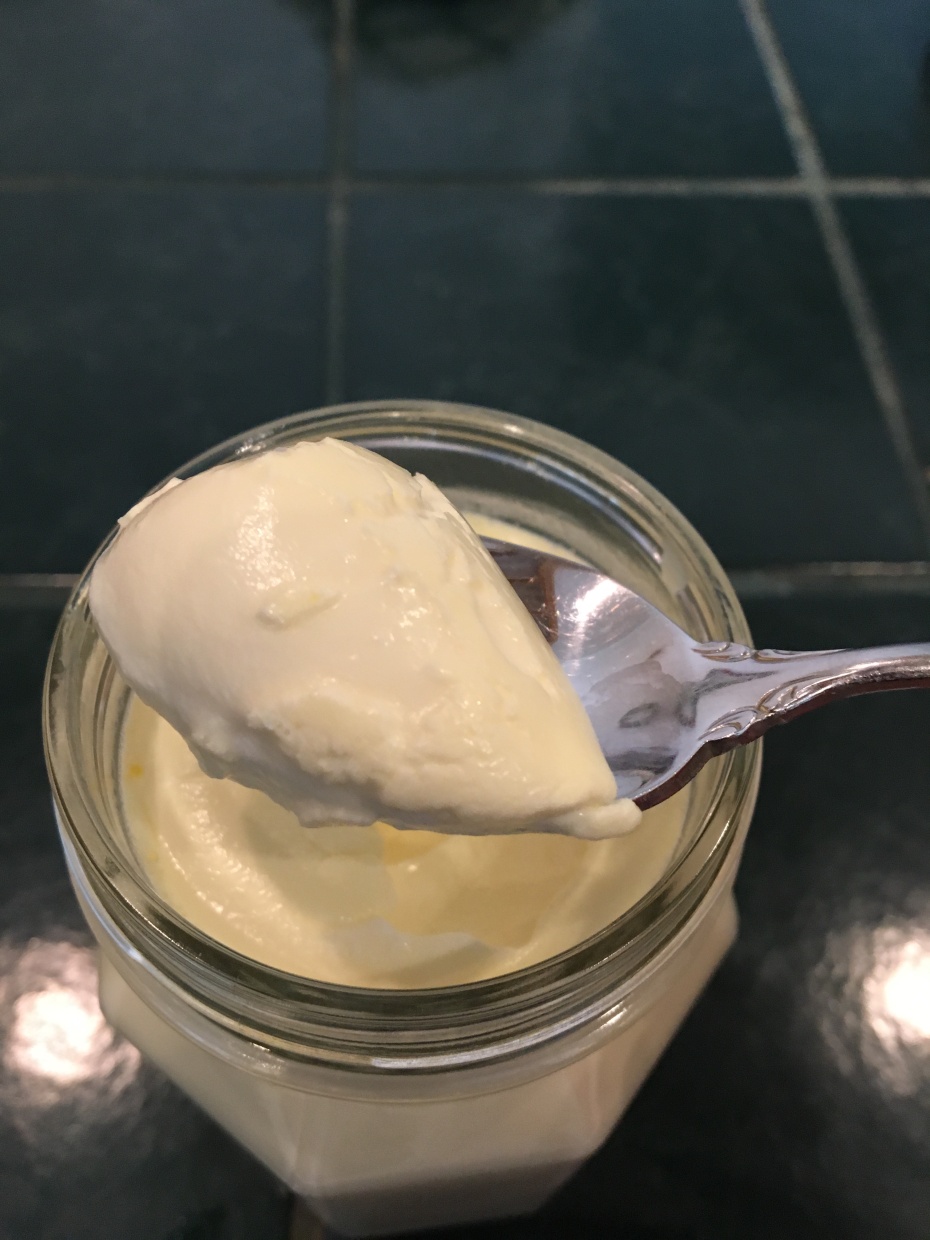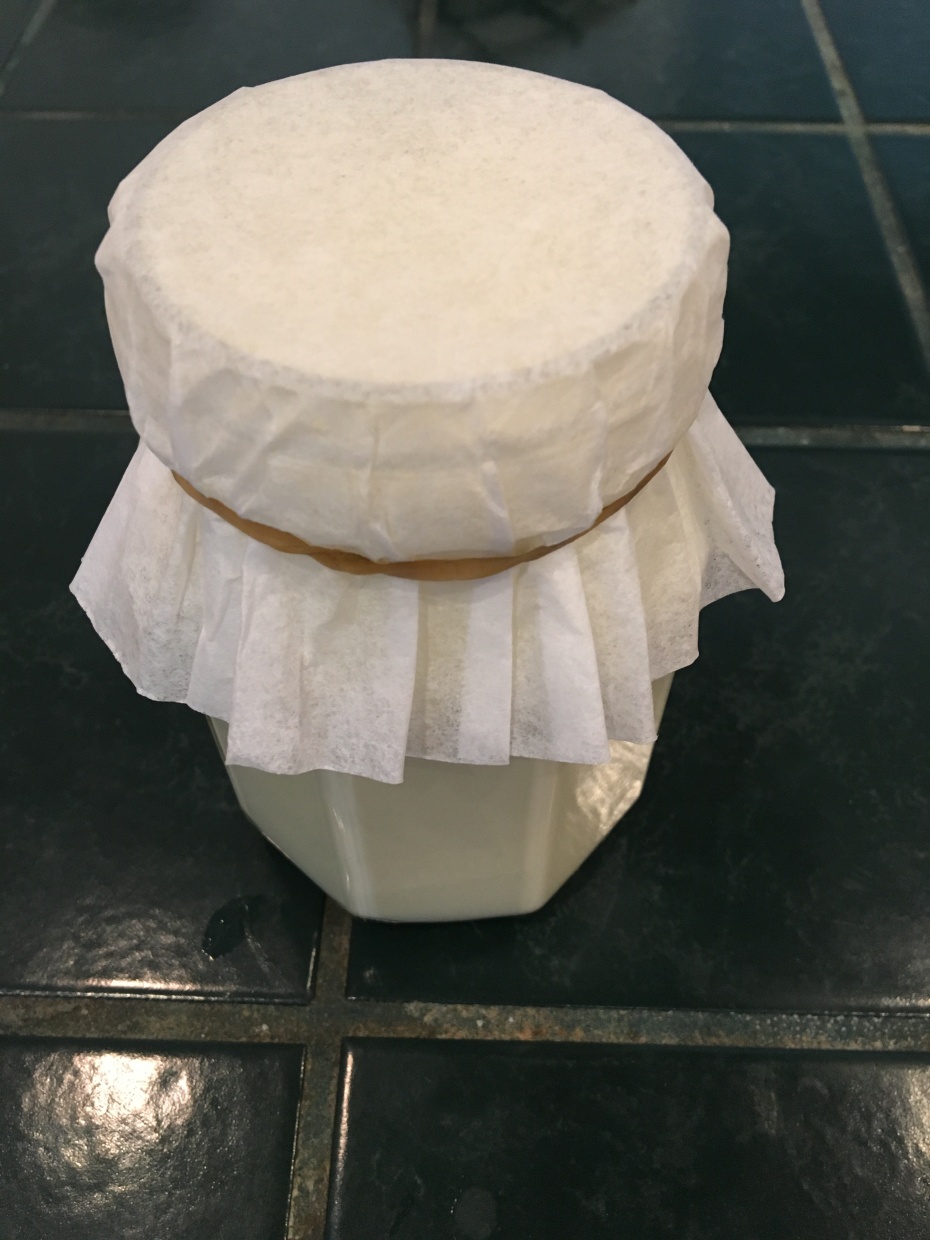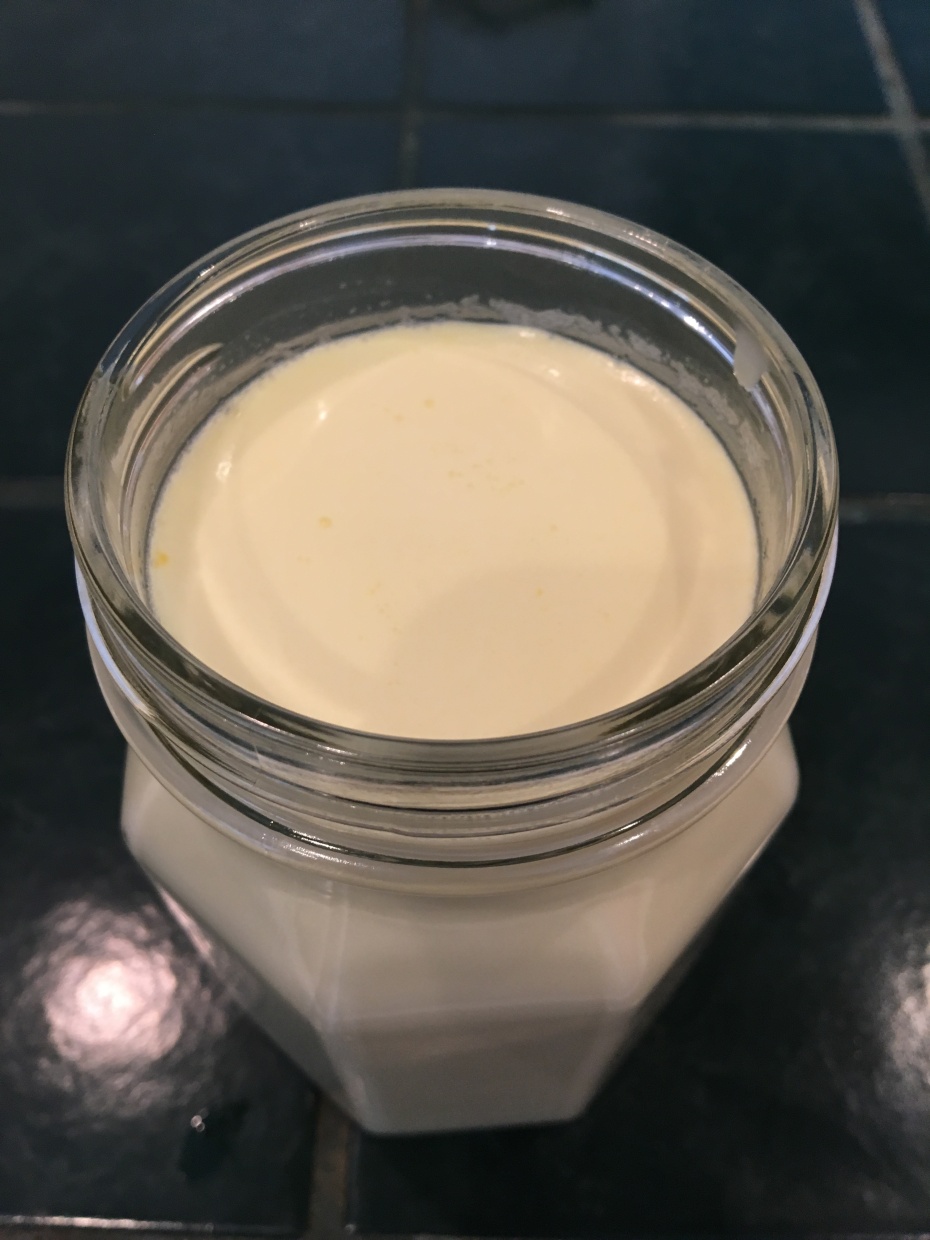I read a post on another blog that got me thinking.
It just brought up an old and sore subject with me. This happens anytime I hear or read the word ‘Expert’. It’s a button for me.
If it were up to me the word ‘Expert’ would be purged from the English dictionary, never to be used again. It is probably one of the top 10 most misused words in the history of the world.
Particularly where foraging and herbalists are concerned, in my own experience.
Many people who call themselves ‘herbalists’ have extensively studied something from a scholarly point of view, but few have real practical hands-on knowledge. IE, they’ve read a boat of of books on the subject and now think they’re instant experts, even though they haven’t picked or used, half of the plants they claim to be experts on.
Whenever talking to someone about a plant, I ALWAYS ask people: “Have you ever used this plant yourself?” 99.9% of the time the answer is… “Well… no, BUT I read that it does XYZ…” Great.
There is also a huge difference between someone calling themselves a herbalist, and someone calling themselves a ‘practicing herbalist’.
Now, to be clear, this isn’t meant to bash folks, and certainly not good foragers and herbalists that do their due diligence and work with real plants every day.
I just get very tired of internet ‘Experts’ and people claiming to be something they are not.
I don’t care how many books you read on a subject, whether it’s 5, or 50, or 500. If you don’t actively practice it, you aren’t an ‘Expert’ on anything but other people’s collected knowledge. And if you don’t use it yourself, you are relying on someone else’s ‘Expert’ opinion on something, as you have none of your own experience to tell you whether the so-called knowledge you have learned is true or false.
(History is a good example of this. We learn later as adults that the vast majority of the history we learned in school is total and utter BS, which leads us to ask… what ELSE is total and utter BS that we’ve been taught? Someone is just perpetuating the BS by not doing due diligence!)
A great example of this is the oft touted foraging guru, the ‘father’ of modern foraging, Euell Gibbons, who apparently did some very serious stalking of wild asparagus. 😉
The man knew a lot of things about a lot of things. However he also thought that common Milkweed, also known as Asclepias syriaca was ‘bitter’, and had to be boiled in 3 changes of water before consumption.
Anyone who has EVER foraged more than a day in their life, can tell you that common Milkweed is NOT bitter, can even be eaten RAW with no bitter component, and sure as hell doesn’t need to be boiled to Hades and back 3 times.
Meaning? Mr. Gibbons had either another Milkweed that was not A. syriaca (there are other bitter, and even mildly toxic milkweeds out there.) or he had Dogbane, which is totally toxic and shouldn’t be consumed under any circumstances. (Makes good rope though!) so the man was snarfing on some toxic fare that he thought was something else, and people have perpetuated this error for eons now, without even collecting the plant for themselves. This is one reason that many older foraging books are not to be trusted 100%.
(Newer foraging books get away from this, and the two books by Sam Thayer, and one by Dr. John Kallas are top-notch and I highly recommend them. You can trust them.)
Which means that the father of modern foraging was WRONG, yes, WRONG, in regards to something so very basic as Asclepias syriaca the common Milkweed, which grows prolifically in most of the US.
The thing is, all these desk-side foragers, and even other pseudo-famous foraging personalities, have written it incorrectly time, and time, and time again, that A. syriaca is bitter and must be boiled 3 times per Euell Gibbons’s, and his ‘Expert’ knowledge.
Which means that they’ve never even eaten or used the damn plant themselves. Surprised? Don’t be. It’s par the course for ‘Experts’ all across the board. They oft cite precedence and another author’s work, and typically have very little real experience themselves. There are of course exceptions, but Caveat Emptor.
I’ve been foraging going on 30 years now, since I was very, very young. Granted, it wasn’t consistent, and there are quite a bit of gaps in the years I actively foraged, but even when I was living in a Metro area, I’d forage for dandelions, thistles, plantains, chicory and other things that I knew were 100% edible. I’ve been living on a diet of plants that I’ve foraged the last four solid years that comprise between 60% to 85% of my real world diet, based on season. I do not however, consider myself an expert of anything. There is always more to learn. Always.
Just think how much stock the average individual puts in their Doctor. Heck, I know people who consider their medical providers to be INFALLIBLE, even when proven completely and totally WRONG. People will bet and lose their lives on modern medical infallibility instead of bothering to take ten seconds to search for another possible solution.
The flak I get when I even mention to people that there may be another possible way for something than toxic pharmaceuticals, their canned and typical response is that I don’t know what I’m talking about, as I’m not a ‘Medical Expert’, and they’ll trust the PROFESSIONAL. (Even though said ‘professional’ doesn’t know their arse from a hole in the ground, and is seriously, deadly, wrong in some cases, and is oft pushing a diagnosis that they get a huge financial kickback from, like the toxic chemo cancer treatments.)
People use toxic treatments for things, when natural remedies would actually work. But we have a very disturbing cultural bias that idolizes things like modern medicine, and trivializes traditional methods that have worked for centuries.
My extremely biased personal opinion is that the title of ‘Expert’ is a very dangerous thing. Beware of anyone who calls themselves one. It’s right about the time they stop thinking of themselves as a student of whatever discipline they study, and when they start thinking of themselves as the ‘Master’.
It typically gives those who use the title of ‘Expert’ a false sense of superiority, and those who seek out ‘Experts’ are lulled into a false sense of infallibility in regard to their ‘Expert’.
We are all human, we are all fallible. Experts do NOT exist. There are merely folks who are competent and adept, and then there are those who are not. But there are NO ‘Experts’.
















